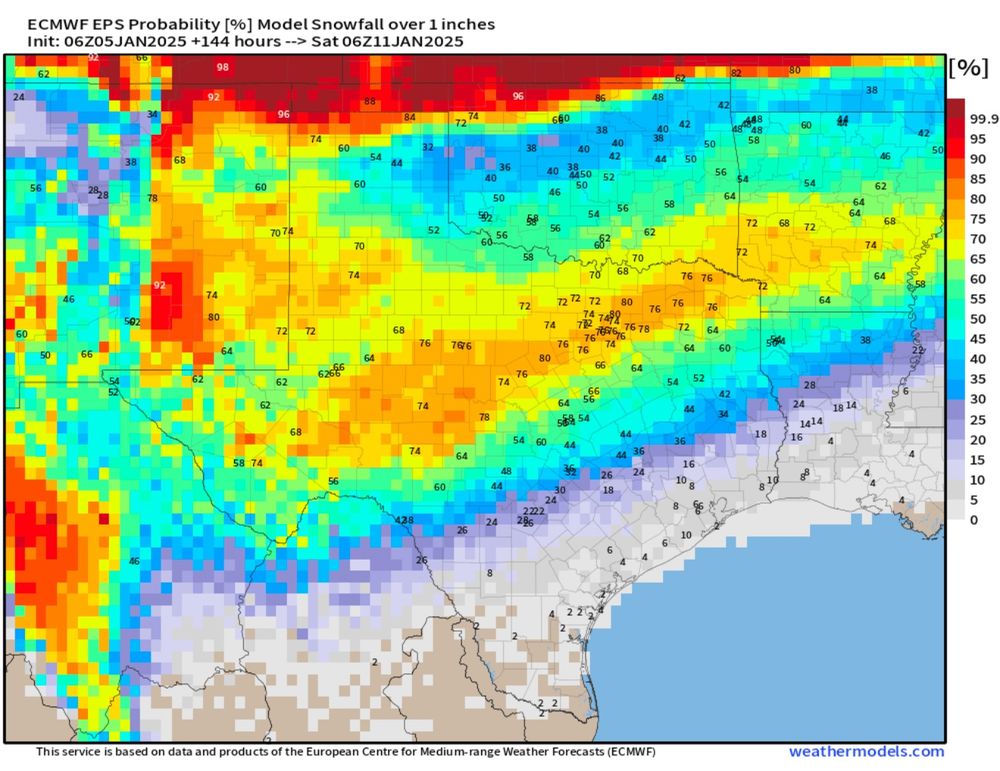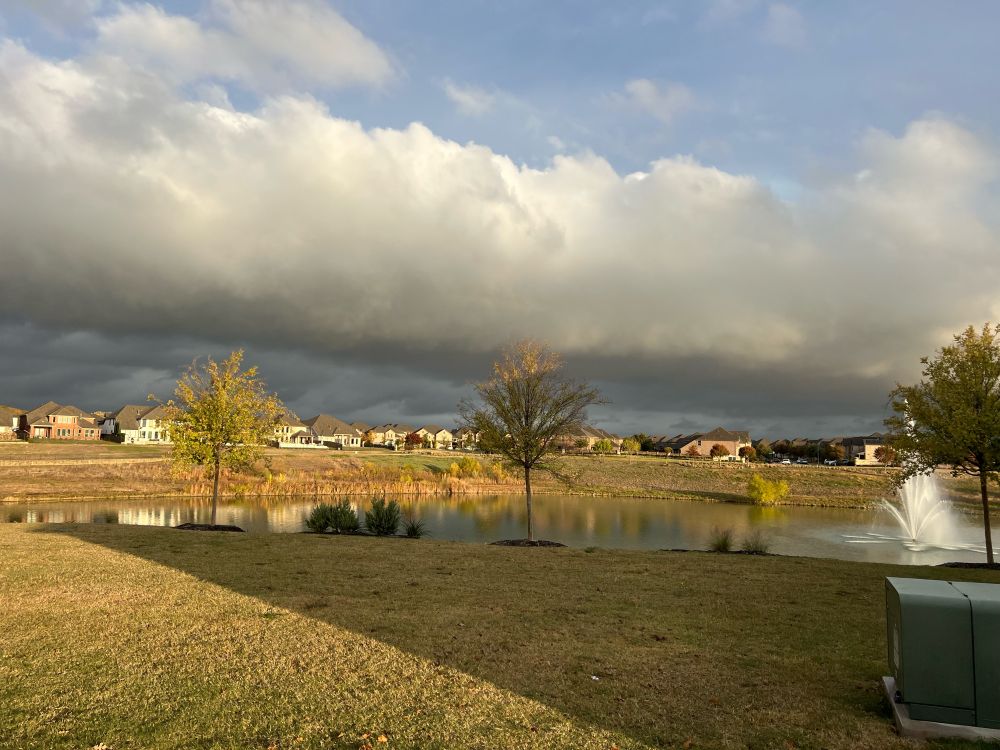Plus, hundreds of NWS employees were terminated today, further straining an already understaffed system.

Plus, hundreds of NWS employees were terminated today, further straining an already understaffed system.

• Wednesday: Scattered showers on/off.
• Wednesday Night: Rain intensifies with stronger storms.
⚡ Main Event – Early Thursday (5 AM)
• 🌩️ Frequent lightning
• 💨 Gusty winds
• 🧊 Small hail
• 🌊 Heavy downpours
🌤️ Rain Ends by 12pm
• 1-3” of rain

• Wednesday: Scattered showers on/off.
• Wednesday Night: Rain intensifies with stronger storms.
⚡ Main Event – Early Thursday (5 AM)
• 🌩️ Frequent lightning
• 💨 Gusty winds
• 🧊 Small hail
• 🌊 Heavy downpours
🌤️ Rain Ends by 12pm
• 1-3” of rain

BLIZZARD WARNING IN EFFECT UNTIL NOON CST TODAY
⚠️ What to Expect
• Blizzard conditions with reduced visibility and dangerous travel.
• Additional snow accumulations of 2 to 4 inches.
📍 Affected Areas
• Portions of south-central and southwest Louisiana.
• Portions of southeast Texas.

BLIZZARD WARNING IN EFFECT UNTIL NOON CST TODAY
⚠️ What to Expect
• Blizzard conditions with reduced visibility and dangerous travel.
• Additional snow accumulations of 2 to 4 inches.
📍 Affected Areas
• Portions of south-central and southwest Louisiana.
• Portions of southeast Texas.
Rare Winter Storm Watch just issued for #Houston Monday evening to Tuesday afternoon.
Snow ❄️ amounts up to 3 inches in the metroplex along with 1/10 inch ice.
Last snow was February 15th 2021 in Houston it snowed one inch.

Rare Winter Storm Watch just issued for #Houston Monday evening to Tuesday afternoon.
Snow ❄️ amounts up to 3 inches in the metroplex along with 1/10 inch ice.
Last snow was February 15th 2021 in Houston it snowed one inch.
An Arctic airmass takes over the lower 48 early next week. Fairly rare to see the entire state of #Texas below freezing. Average low of 6 degrees for the Us. It would be the worst outbreak since January 2014.
It will be warmer in parts of Alaska and even the West coast of Greenland than Texas.

An Arctic airmass takes over the lower 48 early next week. Fairly rare to see the entire state of #Texas below freezing. Average low of 6 degrees for the Us. It would be the worst outbreak since January 2014.
It will be warmer in parts of Alaska and even the West coast of Greenland than Texas.

The latest EPS Euro Ensembles now have an 80% probability for North Texas seeing at least one inch of snow Thursday and Friday.

The latest EPS Euro Ensembles now have an 80% probability for North Texas seeing at least one inch of snow Thursday and Friday.

Longer range signals are pointing at a stratospheric warming event developing between Dec 22nd to Dec 29th timeframe. This could mean very cold air into the lower 48 for January depending on how the oscillations line up. Stay tuned for updates.

Longer range signals are pointing at a stratospheric warming event developing between Dec 22nd to Dec 29th timeframe. This could mean very cold air into the lower 48 for January depending on how the oscillations line up. Stay tuned for updates.





Cross polar flow will set up after Thanksgiving with the coldest airmass of the season. The core of the coldest anomalies will be over the Ohio Valley into the Mid Atlantic. The Southeast will see its first hard freeze of the season to start #December.

Cross polar flow will set up after Thanksgiving with the coldest airmass of the season. The core of the coldest anomalies will be over the Ohio Valley into the Mid Atlantic. The Southeast will see its first hard freeze of the season to start #December.
A significant Arctic air mass is poised to plunge into the United States late next week, delivering the coldest temperatures of the season. The core of this colder air heading into December will track eastward, impacting the Ohio Valley and the Mid-Atlantic.

A significant Arctic air mass is poised to plunge into the United States late next week, delivering the coldest temperatures of the season. The core of this colder air heading into December will track eastward, impacting the Ohio Valley and the Mid-Atlantic.


An intense “bomb cyclone” will merge with an atmospheric river, bringing torrential rain exceeding a month’s average, hurricane-force winds, and several feet of mountain snow to the Pacific Northwest and Northern California.

An intense “bomb cyclone” will merge with an atmospheric river, bringing torrential rain exceeding a month’s average, hurricane-force winds, and several feet of mountain snow to the Pacific Northwest and Northern California.




